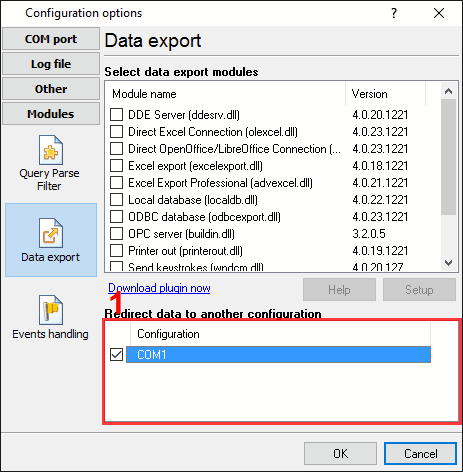Linux Serial Port Data Logger

103 programs for 'serial port data logger'. Graphical explorer program written in C#, for browsing BACnet devices (run on Windows & Linux). Need a good serial port logging tool. You can use the Eltima's splitter with Advanced Serial Data Logger. Unix & Linux; Ask Different.
There are a few options: • is a simple program to tunnel/sniff between 2 serial ports. • (slsnif) is a serial port logging utility. It listens to the specified serial port and logs all data going through this port in both directions. • provides a way for a user to connect from a network connection to a serial port.
To join the Listserv, please go to the and provide your name and email address. Continuous investment in training and development is essential for improving the performance of the Federal Workforce and enhancing the services provided by the Federal Government. We are constantly learning and improving, please check this site frequently for additions and updates. The primary training statute and regulations are: • • • • • The following are links to various other relevant laws and policy documents: Public Law (PL) • Executive Orders • • OMB Budget and Procurement Guidance • • The Training and Executive Development Listserv is designed to facilitate the discussion and sharing of training information. Coa training handbook on government expenditures. We also provide technical advice on complex Governmentwide HRD issues to help Federal agencies develop and implement their management programs with desired mission results.
• acts as a serial pass-through device. It listens for incoming data on two serial ports and forwards it so the devices act as if they are directly connected. It also logs the data as it moves through the ports. • is an RFC 2217-compliant serial port redirector. It lets you share a serial port through a network. It is based on sredird. The RFC2217 protocol is an extension to telnet and allows changing communication port parameters.
• is a KDE application for inspecting data going over serial lines. It can work as a binary terminal that sends and receives data through a defined port (Point to Point mode) and displays them on separate views. Each view can be configured to display data in hexadecimal, decimal, octal, binary, and raw ASCII. It is also possible to perform I/O through terminal emulation views and define a secondary port and monitor the traffic between two external hosts using a 'Y' cable (Snooper mode). • creates a virtual network of pseudo-terminals.
It can be used as an adapter to connect two programs that normally need serial interface cards. • monitors, logs, and multiplexes terminal I/O.
It has full log rotation built in, and can use telnet as well as local TTY ports. You can achieve this with standard tools using socat and tee. 1) socat -d -d pty,raw,echo=0 pty,raw,echo=0. The output will give you two ports.N PTY is /dev/pts/27. N PTY is /dev/pts/28. 2) sudo cat /dev/ttyS0 tee /dev/pts/27 and in another terminal sudo cat /deb/pts/27 tee /dev/ttyS0.
Finally 3) Connect your program to /dev/tty/28. The two tee commands will dump both directions to the console and forward to/from the actual serial port. Note that the port settings like baudrate must be configured ahead of time. – Jul 18 '15 at 0:36 •.